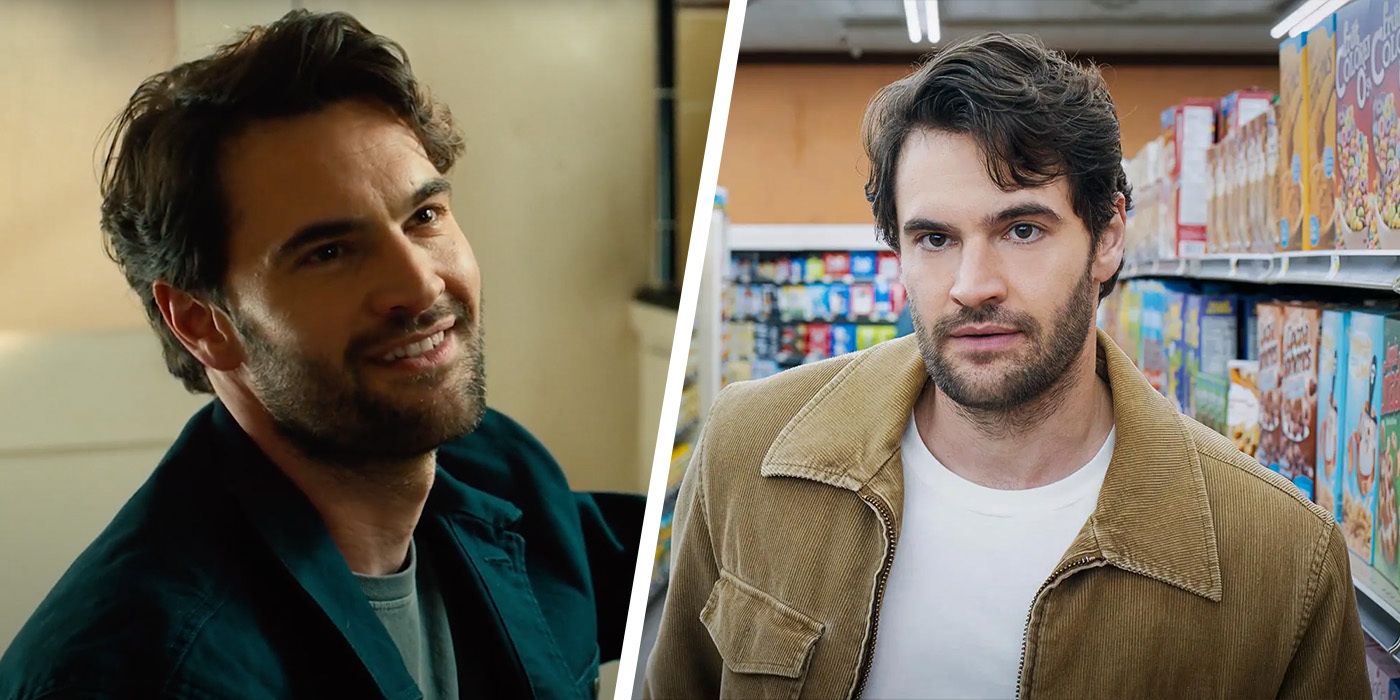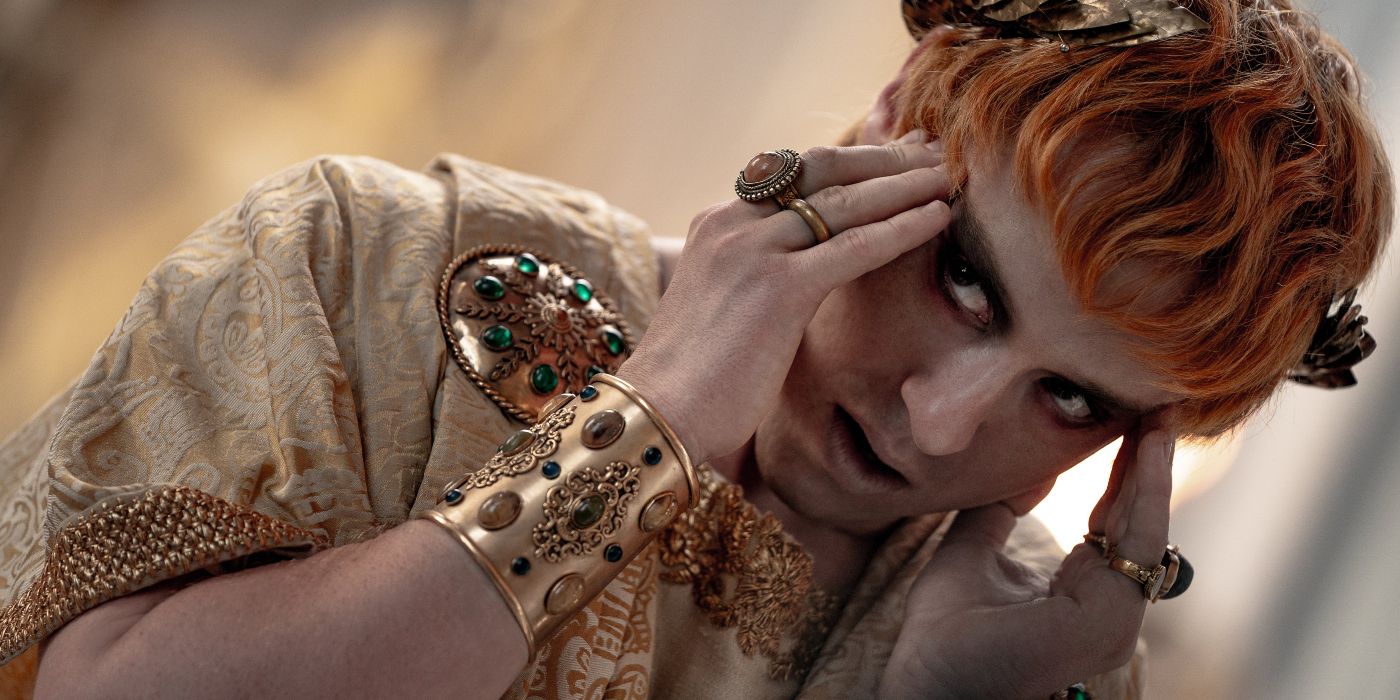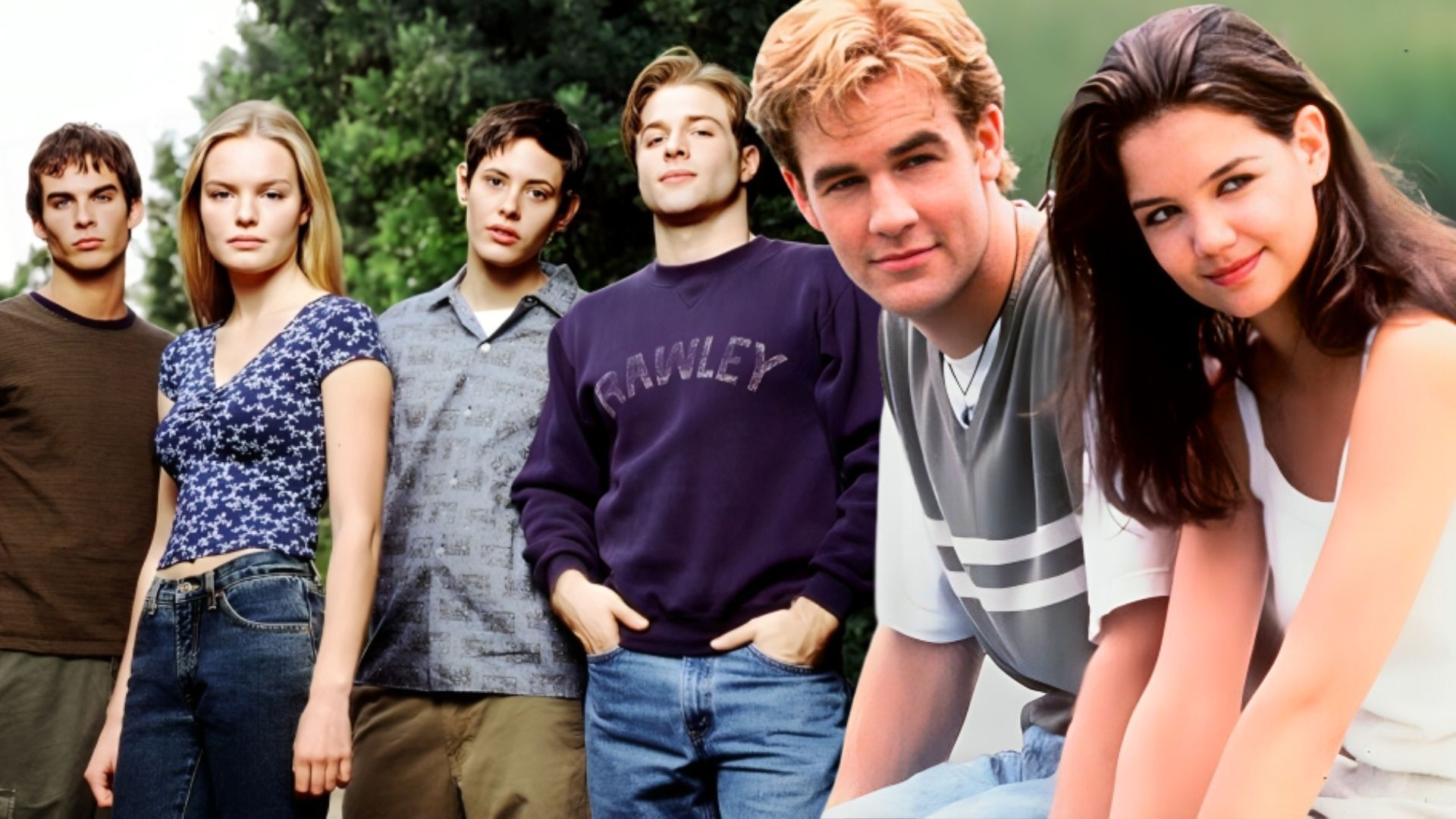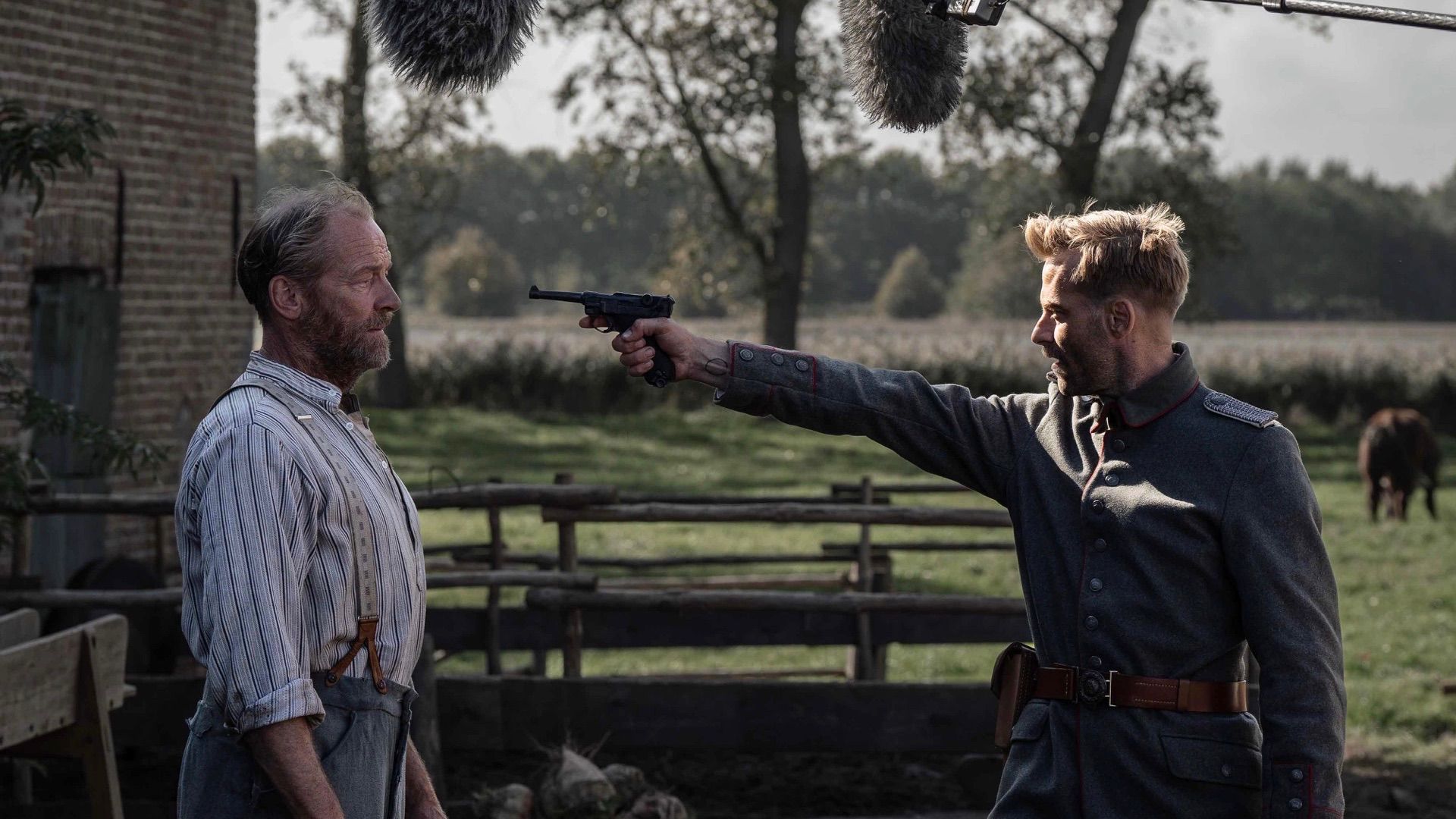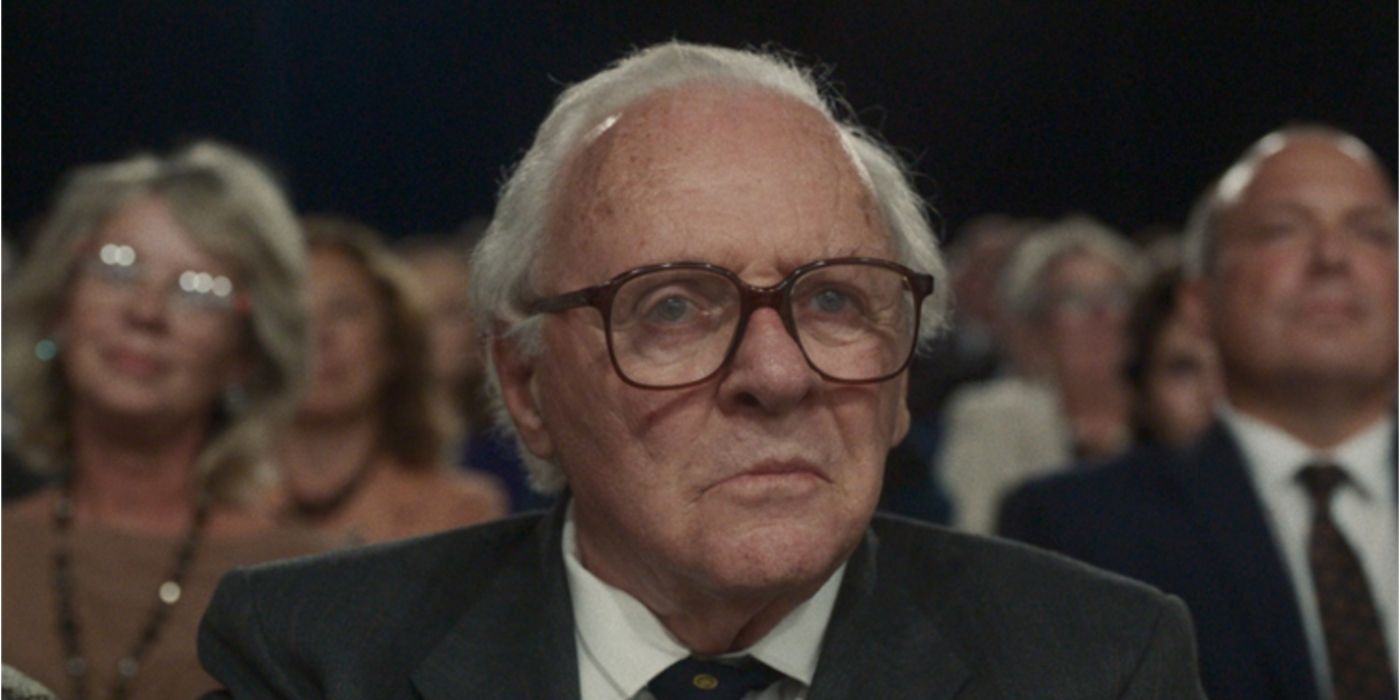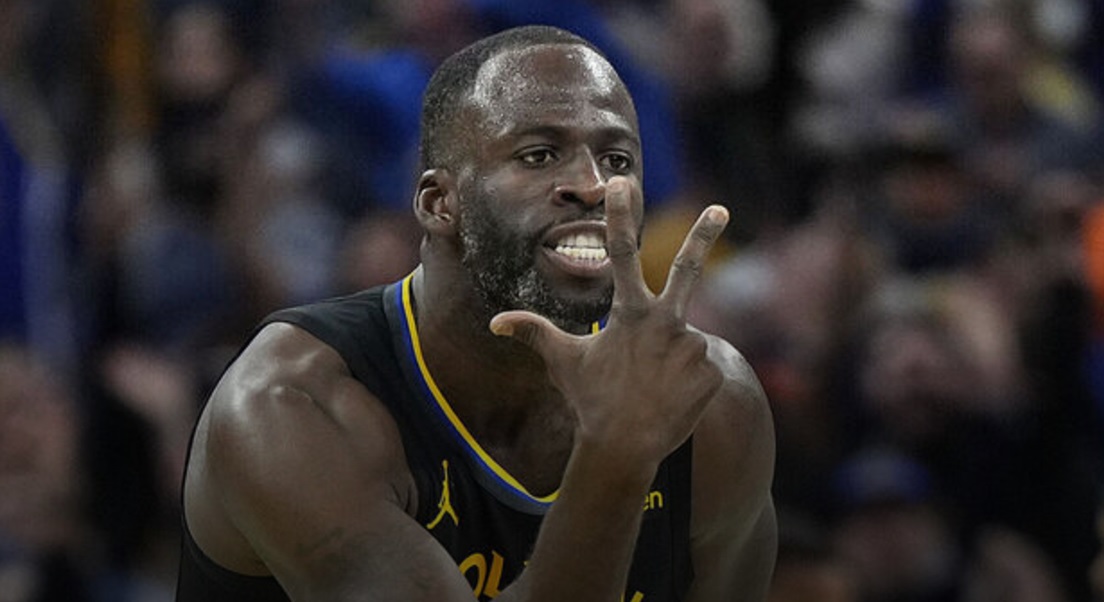There are many to choose from, but the indelible moment in the both quaffable and transcendent “Sideways“—Alexander Payne’s now 20-year-old bummer masterpiece adaptation of Rex Pickett’s novel about wine, middle age, and a distinctly American flavor of masculine failure and disappointment—has to be a pair of dueling monologues. We’re in Santa Ynez Valley, country lodged in California’s Central Coast that became infinitely more famous following the film becoming a critical, cultural hit. Miles is a struggling writer aglow in porchlight, on an evening cooled, like the grapes around him, by the air wafting off the Pacific. He’s drinking Andrew Murray’s Roasted Slope Syrah (Vintage unknown but Critic’s Tasting Note for 2001: “A big disappointment”) but talking about pinot noir, the grape he loves both for how it tastes, and how he perceives it, as a definitional varietal, a delicate, temperamental grape that explains a difficult, temperamental human being. If you’re reading this, you can likely recite the speech by heart, but I’ll quote it in full here as a testament to a truly great piece of writing:
“It’s a hard grape to grow, as you know. Right? It’s thin-skinned, temperamental, ripens early. It’s not a survivor like Cabernet, which can just grow anywhere and uh, thrive even when it’s neglected. No, Pinot needs constant care and attention. You know? And, in fact, it can only grow in these really specific, little, tucked-away corners of the world. And, and only the most patient and nurturing of growers can do it, really. Only somebody who really takes the time to understand Pinot’s potential can then coax it into its fullest expression. Then, I mean, oh its flavors, they’re just the most haunting and brilliant and thrilling and subtle and… ancient on the planet.”
This speech, and this film, not only had a great impact on you if you watched it in 2004, it changed the American relationship to wine, to the extent that it famously had a major impact on the American wine industry. It sent the production of pinot noir soaring in California, up 170% as of 2017, while at the same time depressing the market for Merlot, the grape Miles memorably detests. The irony is that this depiction of Miles, authored by the great aesthete/snob himself, is a joke made by the film that Miles is not in on. The central conflict of the film is internal, in fact. Miles is a Merlot who sees himself as a Pinot Noir.
The bones for the film “Sideways” are in Rex Pickett’s novel. Alexander Payne adapted it because he enjoyed wine (Like Maya, he was forever changed by a 1988 Sassicaia), but also because he thought it would be easy due to how cleanly the story is laid out in Pickett’s intensely personal manuscript. The film shadows the novel nearly plot-beat by beat, but with the necessary distance, gently adjusts our perspective of the protagonist.
Alexander Payne was in the process of carving out a niche, making films often involved, if not centered around aging men in crisis from Kurtwood Smith to Matthew Broderick to Jack Nicholson. But he may have found his platonic muse in the neurotic schlemiel, Paul Giamatti. As Miles, Giamatti is playing older than he was in 2004, but was born deeply divorced, middle aged, paunchy, slope shouldered, eye ringed, downtrodden and draped in Men’s Wearhouse, with a perpetually mussed hairline and sparsely occluded bald spot you can practically watch recede and thin throughout the film, attached to facial hair that looks more like a chinstrap tenuously connected to a goatee than a beard. The actor was the perfect symbol of fading masculinity for Payne to graft onto Miles, who in the novel is a former college baseball player.
The film would be a career highlight for everyone involved, Payne included, largely thanks to a masterful casting job with the four leads. Giamatti had just broken out from what was shaping up to be a strong career in Hollywood’s character actor, winging off the strength of a star turn as the comic book author Harvey Pekar, another nebbishy, soulful writer/loser in “American Splendor”. The novel, the screenplay, and the film is first person. Giamatti, who is in every shot, has to carry the production on his back, and does. After “Sideways,” Giamatti tips into full prosciutto mode, but here perhaps for the last time, he is recognizably, devastatingly human. His screen partner Thomas Haden Church would never again find this exact blend of vulnerable doofus, as the prosaic, lantern jawed, barrique chested Jack. He’s a very familiar “type of guy”, carved out of a block of American oak with a meat cleaver, not quite movie star hot but desperately clinging to post-handsome charisma, a balm and bomb of pussy driven energy, with a rich baritone voiceover offsetting Miles’ reediness. Their easy chemistry makes both more likable in their perfect odd coupling of jock who lives in the moment and poet who can’t. They are both narcissists, one overt, chasing youth, using women to reassure himself of his vitality, one burying his in self loathing and sabotage.
It was a breakout for Sandra Oh, Payne’s then wife, who had served her time in a pre-prestige HBO “Arli$$” ghetto, but shines in her juiciest role here as a hard loving, sensualist tasting room bartender. And best of all is Virginia Madsen’s Maya, who had flirted with stardom several times throughout the ’80s and ’90s, but won a well-deserved supporting Oscar nomination for her work in this. In the novel, Maya is described as a hybrid of Greek Myth and American Gladiator. In the film, Maya is gorgeous, and deep, but has lived some life since her days of impossible beauty. She’s still completely out of Miles’ league, but has the right mix of believable relatability, a woman straining to see what she wants to see in Miles. And that word, “believability” is the governing mandate, the secret sauce of Payne’s adaptation.
In a random year that saw Hollywood’s continued death march to formulaic monotony in the form of apocalyptic CGI disaster films, aborted franchise starters, and the continued evolution of the comic book film, “Sideways” is disarming in how intimate the characters are, how low the stakes are. It’s in the vein of the director’s heroes Altman, Cassavetes, and Ashby: A chatty, drunken, two-man bachelor party up the coast with baby men being dragged kicking and screaming into middle age. Payne recasts what could’ve been a dark commercial romp a la Todd Phillips as a Jimmy Carter era character sketch treated with restraint and a lack of sentimentality, even in its manic and absurd moments of high comedy.
It was lensed by Phedon Papamichael, capturing the Central California countryside’s fluorescent signs and two-lane highway headlights that bloom on grainy film stock and lend the film its throwback, charming, handmade feel. Rolf Kent adds to this atmosphere with a score Payne wanted to swing like Chet Baker. He asked for jaunty, piano bar, smooth jazz pieces that arc over multiple scenes, bleeding from one to the next, which accomplishes setting an improvisational quality that runs through Kevin Tent’s editing—pivoting from decanted long takes to rapid montages as fluidly as the tone oscillates between comedy and drama—and often feels novelistic in its unhurried discursiveness. It takes full advantage of Santa Ynez County and its glorious, wide shot golf course and grape tour vacation vistas imbued with a warmth you briefly want to live in and feels lived in.
We meet Miles several times at the outset of the film. He is badly hungover and struggling both with quotidian stressors of a life in shambles—getting ready to embark on his random freshman roommate at San Diego State’s bachelor party—as well as the existential, stealing rent money and some spending cash for the trip from his mother’s delicates drawer on her birthday. But the real introduction comes at the Sanford winery, the first stop on their trek, and our first opportunity to hear Miles cover his favorite subject. He instructs Jack, as didactically as possible, how to taste wine. And then, his insufferable tasting notes, “A little citrus. Maybe some strawberry. Passion fruit… and there’s just, like, the faintest soupçon of like … asparagus. And there’s just a flutter of, like, a nutty Edam cheese.”
This is Miles, not the wilting, morose specter playing at meek shyness. He’s an intense alcoholic steam roller, a Bukowski quoting neg head bloviating for 10-minute stretches on Vouvrays, a pretentious asshole who spouts profanity-barbed sarcasm at people not in on the joke. He’s been crushed by life and his ex-wife, and he’s in a two-year spiral of depression that he’s been attempting to drown with Xanax, Lexapro, and Pinot Noir, dragging whoever is closest to him down in the process. It’s the crucial distinction Payne makes that the novel didn’t quite grasp.
These foibles are heightened and exacerbated by the indecision looming over the film’s action, which finds Miles in the liminal state any writer and most people waiting for word back on a big opportunity can relate to. The 750-page thorny and unfocused book he doesn’t know how to end, that he’s spent the tenure of his divorce torturing himself with, rejected everywhere by everyone, has at last reflected a faint glimmer of hope, some interest from a small indie publishing house called Conundrum. He spends his week on the central coast stewing in this ambiguity, compounded by his best friend’s impending wedding and all the reminders of failure waiting for him in the form of his ex-wife and her new husband.
The irony of the character is Miles is so tuned into his senses on a microscopic level when tasting wine. He is able to diagnose gradations of color at the edge of a pour, the layered scent when he buries his nose in a glass, the fungal note buried beneath the forward-facing fruit on the palate, but is lacking in self-awareness, both too hard on himself in his obsessive, myopic, narcissistic self-loathing, and too lenient, writing off his major, actually fixable failings on his own “delicate Pinot like sensitivities.”
Maya represents a relationship showing excellent potential for structure down the line. A miraculous opportunity for another shot at love and theoretical happiness, another beautiful woman who lives to eat good food, drink good wine, and share good conversation in good company. Yet she is a wheel that breaks Miles. The moment following his aforementioned grand speech about Pinot and Maya’s Academy-recognized response—when Miles misses the perfect moment to move in for a kiss—was invented for the film and is nearly as remarkable as the speeches that set it up. It is the perfect encapsulation of Miles’ headspace: Life throwing him a surreal fantasy, a made-for-screen heroic climax, and his inability to receive that love and joy.
Something you begin to understand when you read “Sideways,” watch the movie a few times and spend a month thinking about it is how wine can serve as a metaphor machine. Every person sees and tastes something different in a glass of wine, so it’s a bottomless pour for writers who want to use it as a palette to interpret character.
Merlot, Miles’ ex-wife’s favorite varietal, was a target of disdain in an unpublished draft of Pickett’s novel, but was drawn out by Payne in his screenplay because, “Back then, it was the overproduced, over-marketed, over-consumed flabby wine.”
Bad Merlot, commercially mass-produced and over-extracted, high ABV with zero acid, deserves the film’s mean-spirited ridicule. Historically, it was mostly utilized as a blending grape, contributing body, and clearing out for varietals with more character and nuance. But even good Merlot presents a challenge. A sturdy pour of a well-made, low-yield Saint-Émilion or structured Napa Merlot is strong and off-putting, and can leave your mouth tannin blasted like it was run through with sandpaper. It’s an acquired taste that demands patience, space, time, and oxygen to find what can be plush fruit, creating a satisfying, balanced complexity worthy of pursuit. It wants to be paired with an aggressively aged ribeye to find its equal in heft and flavor, like Miles. Pinot has an incredibly high ceiling and a higher floor. It’s accessible, and it’s pretty comfort wine in a way Merlot can’t be.
Payne understood this. In the novel, Miles is saving an 82’ Latour, a special occasion bottle that he was supposed to open on his 10th wedding anniversary. It was a coincidence stolen from life. Pickett told me when he was younger, he too had an 82 Latour (he eventually sold during a rough stretch prior to writing the novel). But that Latour is a Bordeaux with 20% Merlot, Cab Franc, and Petit Verdot in its blend. When Latour denied usage of its brand in the film, Payne tried to get his hands on a Petrus from the Pomerol, which was 100% Merlot, but when that winery wouldn’t play ball, he landed on a 61 Château Cheval Blanc, a mix of 58% Cab Franc (another varietal Miles shits on in his first meeting with Sandra Oh’s Stephanie) to 42% Merlot. 61 was a famous vintage, but notably, the wine Payne selects is a full 20 years older than Pickett’s Latour and has likely been held past its peak. None of this was a coincidence.
Pickett, who was involved in every step of the writing and production of the film, says, “Alexander loves to pack the frame with production design. He loves to put in little subliminal Easter Eggs. And he loves to play on the contradictions of the characters. So he definitely knew what he was doing.” It’s the filmmaker and the film pointing out how little Miles understands about the world around him and himself that he presumes to be so certain of and how far he has to go.
Earlier this year, Giamatti reenacted the end of “Sideways” at an In N Out with his Cheval Blanc replaced by the Golden Globe he won for his performance in another 70s throwback called “The Holdovers,” which would sadly prove to be all he’d get for his reunion with his soulmate director. It was a savvy photo opp and wink for all the Giamatti heads, but he also reinforced the message at the core of this story about the nature of declivity in our lives: Not to hold that 40-year-old Cheval Blanc until it loses its fruit, not to let a kiss with a beautiful stranger pass, to appreciate the minor wins, the Merlots and Golden Globes life hands you when they present themselves because we are all dying slowly, our wine is turning to vinegar, and our best days may, in fact, be behind us.
But today, or the day after yesterday, we can hope against hope that there’s a romantically lit roadside bistro somewhere out there, with a few hours of good food and wine and warmth still waiting for us. There’s a bottle intended for an anniversary that will never come we can unceremoniously uncork and pour into a styrofoam cup on our lap to relish with a shitty burger and a plate of onion rings. At any moment, we can drive two hours, march up a stairwell in Santa Ynez County, pound on a door, and live again. To grant Maya the well-deserved final word, “The day you open a 61’ Cheval Blanc, that’s the special occasion.”
You can view the original article HERE.



